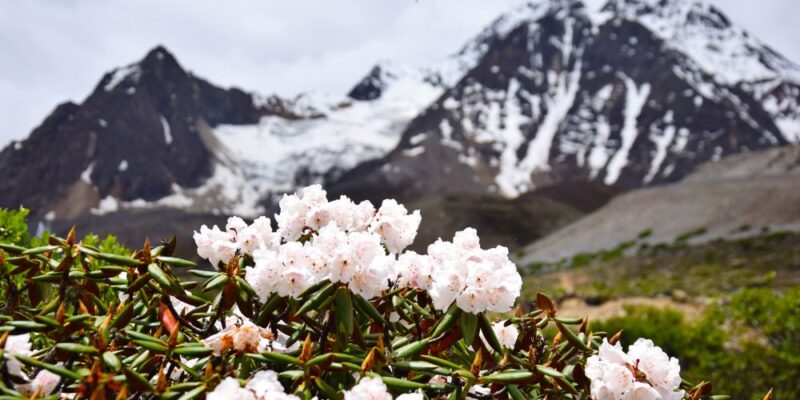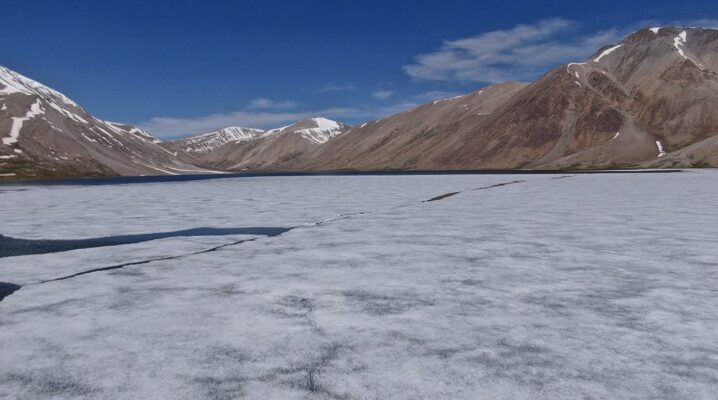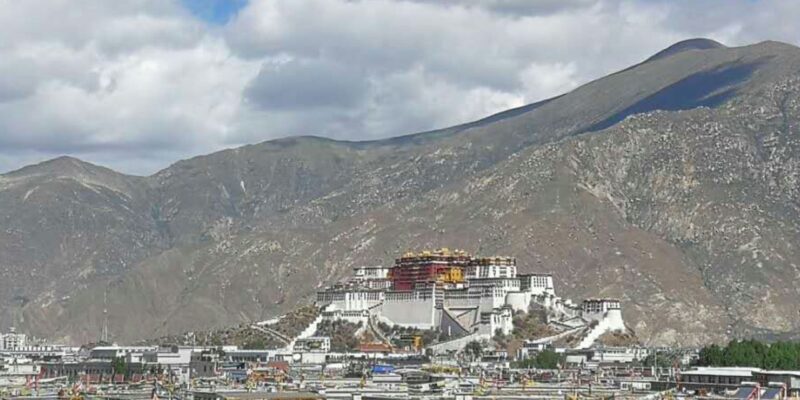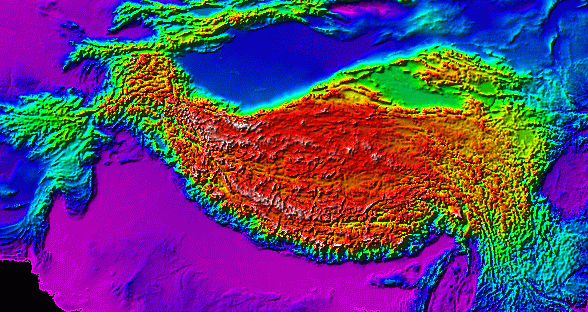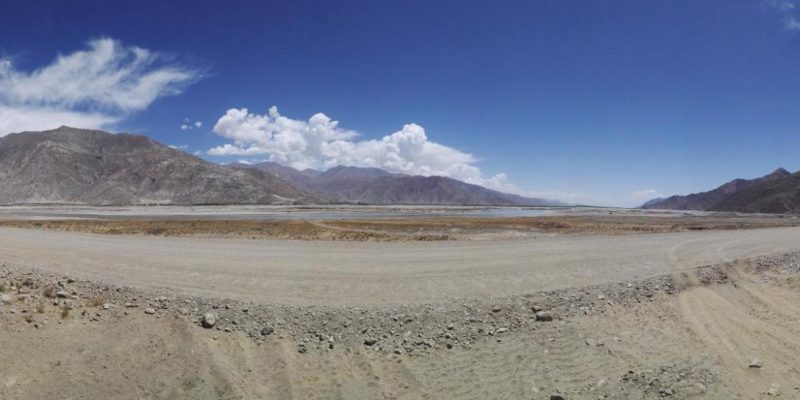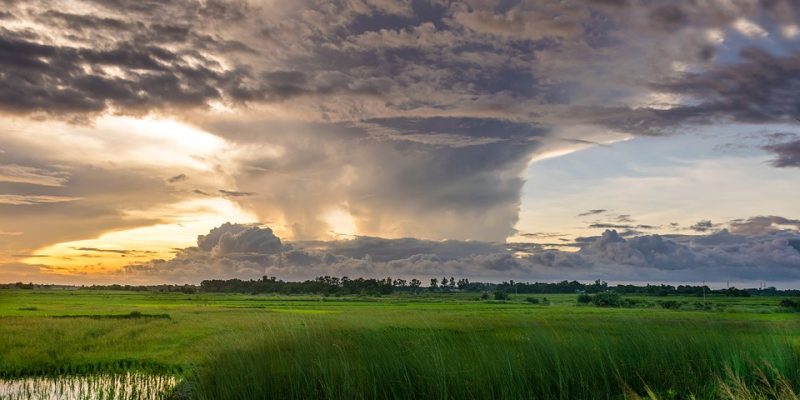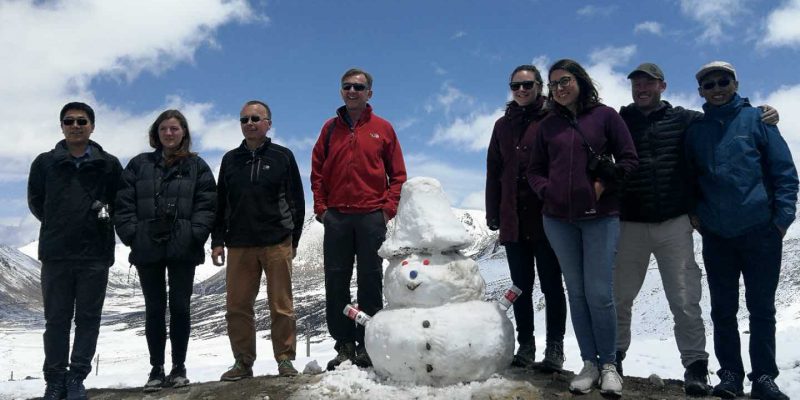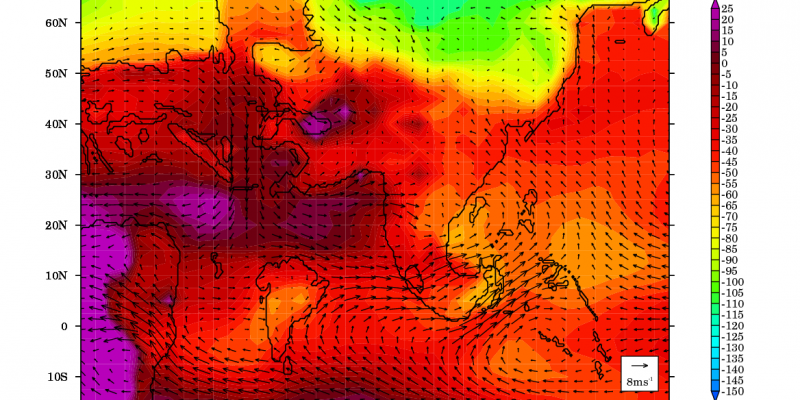Out this week in the journal Science member of the UMBRELLA team, Prof. Robert Spicer, has publihed new and exciting research examining the originsn of our modern plant diversity. Many readers may even be familiar with many of these plant specieis as they are also common in many of our back gardens. An international team …
Exciting new paper on the origins of modern plant diversity
